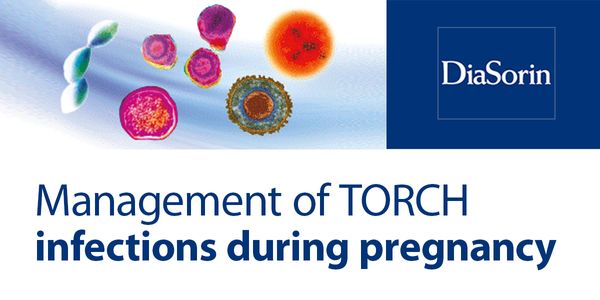Clinical Medicine
Clinical Medicine: is a field of medicine that deals primarily with the practice and study of medicine based on the direct examination of the patient. This is in contrast to other science fields that focus more on the theoretical and basics of medical science. In clinical medicine, medical practitioners assess patients in order to diagnose, treat, and prevent disease.
-
Solid phase microextraction (SPME) is a versatile, non-exhaustive sample preparation tool that has been demonstrated to be well-suited for facile and effective analysis of a broad range of co...Speaker: Barbara Bojko, PhD , Janusz Pawliszyn, PhD, FCIC, FRSCPresented at: Analytical Chemistry Virtual Event Series 2018
In the postgenomic era, one expects the suite of chemical players in a brain region to be known and their functions uncovered. Perhaps surprisingly, many neurochemicals remain poorly characte...
OCT 16, 2018 | 6:00 AM
DATE: October 16, 2018TIME: 3:00 PM CEST, 6:00 AM PDT This webinar will provide an overview on some pathogens that can be transmitted from mother to fetus du...
OCT 12, 2018 | 8:00 AM
The D-dimer can be a useful tool in the management of patients with suspected or established venous thromboembolism (VTE). One use is in the assessment of a patient who presents with symptoms...
As the most common female malignancy, breast cancer is the most likely reason that a woman will die of cancer around the world. Breast cancer mortality has dropped in the U.S. by 35% since 19...
Speaker:
Benjamin Anderson, MD
Lung cancer is the leading cause of cancer-related mortality worldwide. Large-scale sequencing studies have revealed the complex genomic landscape of NSCLC and genomic differences between lun...
Speaker:
Nicholas McGranahan, PhD
Two projects looking at novel approaches to targeting inflammatory breast cancer will be presented. Inflammatory breast cancer (IBC) is a unique, understudied, and most lethal subtype account...
Speaker:
Kevin Williams, PhD
OCT 11, 2018 | 9:00 AM
High dose of biotin may interference with many routine clinical immunoassays and inaccurate results of some of the tests such as cardiac troponin has serious clinical complications. There is...
Speaker:
Danni Li, PhD, DABCC
The oncogenic transcription factor c-MYC (MYC) is deregulated, and often overexpressed, in more than 50% of cancers. MYC deregulation is associated with poor prognosis and aggressive disease,...
Speaker:
Jason De Melo, PhD
In the past two decades a small number of infrequently dividing cells have been proposed as the source of multi-drug resistance during cancer treatment. These cells identified by their expres...
Speaker:
Krastan Blagoev, PhD
PacBio Sequencing simultaneously provides long sequence reads, high consensus accuracy, minimal sequence bias, and methylation detection. I will highlight new advances and updates on applying...
Speaker:
Jonas Korlach, PhD
























